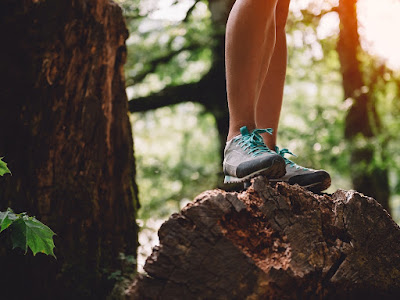 |
| A gull cries in protest at not getting his share of a meal |
Gulls, or colloquially seagulls, are seabirds of the family Laridae in the suborder Lari.
The Laridae are known from not-yet-published fossil evidence from the Early Oligocene — 30–33 million years ago.
Three gull-like species were described by Alphonse Milne-Edwards from the early Miocene of Saint-Gérand-le-Puy, France.
Another fossil gull from the Middle to Late Miocene of Cherry County, Nebraska, USA, has been placed in the prehistoric genus Gaviota.
These fossil gulls, along with undescribed Early Oligocene fossils are all tentatively assigned to the modern genus Larus. Among those of them that have been confirmed as gulls, Milne-Edwards' "Larus" elegans and "L." totanoides from the Late Oligocene/Early Miocene of southeast France have since been separated in Laricola.
Gulls are most closely related to the terns in the family Sternidae and only distantly related to auks, skimmers and distantly to waders.
A historical name for gulls is mews, which is cognate with the German möwe, Danish måge, Swedish mås, Dutch meeuw, Norwegian måke/måse and French mouette. We still see mews blended into the lexicon of some regional dialects.
In the Kwak̓wala language of the Kwakwaka'wakw, speakers of Kwak'wala, of the Pacific Northwest and my family, gulls are known as t̕sik̕wi. Most folk refer to gulls from any number of species as seagulls. This name is a local custom and does not exist in the scientific literature for their official naming. Even so, it is highly probable that it was the name you learned for them growing up.
If you have been to a coastal area nearly everywhere on the planet, you have likely encountered gulls. They are the elegantly plumed but rather noisy bunch on any beach. You will recognize them both by their size and colouring.
Gulls are typically medium to large birds, usually grey or white, often with black markings on the head or wings. They typically have harsh shrill cries and long, yellow, curved bills. Their webbed feet are perfect for navigating the uneven landscape of the foreshore when they take most of their meals.
Most gulls are ground-nesting carnivores that take live food or scavenge opportunistically, particularly the Larus species. Live food often includes crab, clams (which they pick up, fly high and drop to crack open), fish and small birds. Gulls have unhinging jaws which allow them to consume large prey which they do with gusto.
Their preference is to generally live along the bountiful coastal regions where they can find food with relative ease. Some prefer to live more inland and all rarely venture far out to sea, except for the kittiwakes.
The larger species take up to four years to attain full adult plumage, but two years is typical for small gulls. Large white-headed gulls are typically long-lived birds, with a maximum age of 49 years recorded for the herring gull.
Gulls nest in large, densely packed, noisy colonies. They lay two or three speckled eggs in nests composed of vegetation. The young are precocial, born with dark mottled down and mobile upon hatching. Gulls are resourceful, inquisitive, and intelligent, the larger species in particular, demonstrating complex methods of communication and a highly developed social structure. Many gull colonies display mobbing behaviour, attacking and harassing predators and other intruders.
Certain species have exhibited tool-use behaviour, such as the herring gull, using pieces of bread as bait with which to catch goldfish. Many species of gulls have learned to coexist successfully with humans and have thrived in human habitats. Others rely on kleptoparasitism to get their food. Gulls have been observed preying on live whales, landing on the whale as it surfaces to peck out pieces of flesh. They are keen, clever and always hungry.





































